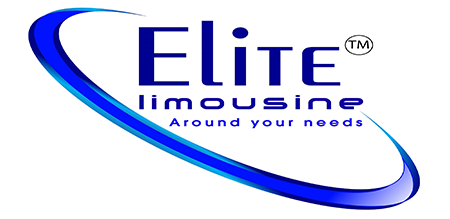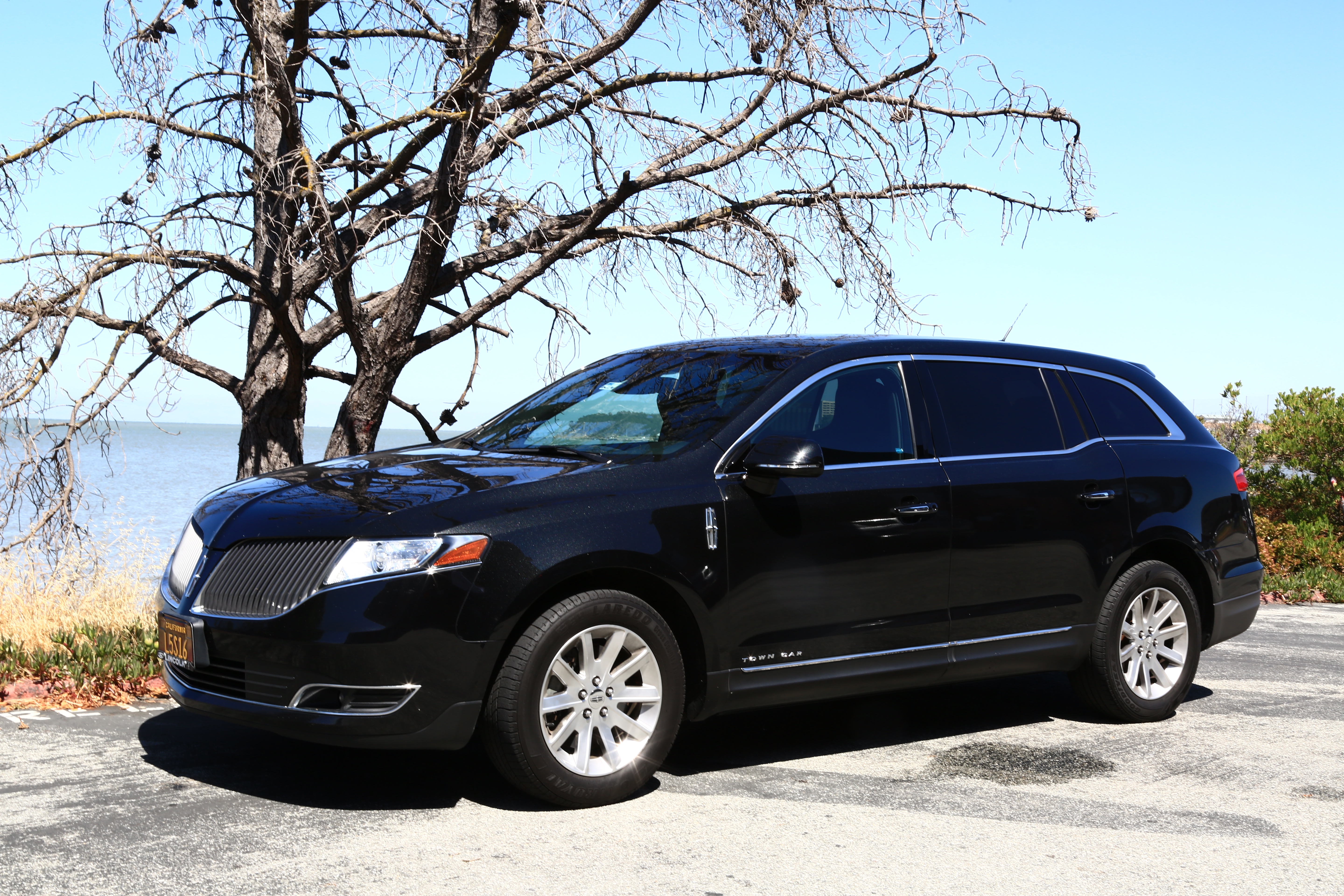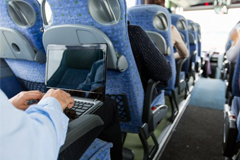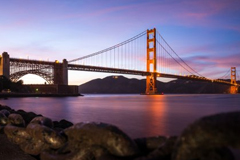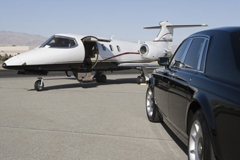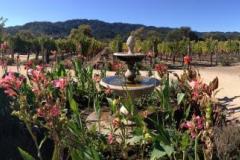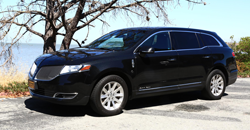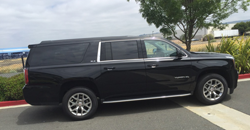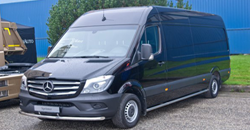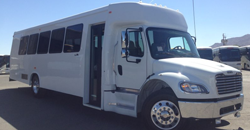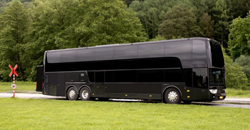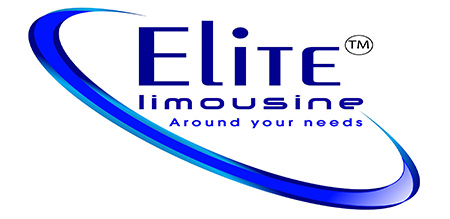For the better part of two decades, the transit planners of San Francisco are planning to build a bus rapid transit system. The Federal Transit Administration announced in last December that they are awarding $75 million to help fund the Van Ness Avenue bus rapid transit project. Also the design of this transit line was approved by the Board of Supervisors of city on 5th January.
This step is taken to control the traffic as well as to provide comfort to passengers so that they could ride easily. As per the reports, San Francisco County Transportation Authority (SFCTA) is estimating that this improvement will decrease transit travel time by 33 percent on the corridor. On this, Peter Straus who is an advocate with San Francisco Transit Riders said, “It’s really what bus rapid transit should be”.
On the $223 million project, the first phase of construction began in October. Under this project, the city is improving sewer utilities, updating street lights, and replacing an 1800 era water main. The bus lane construction will be starting in 2018. The current bus transit service on Geary is facilitating more than 52,000 riders each day. It takes approx 55 minutes to cover the width of the city from west to east. This project is assumed to decrease the travel times by about 24 percent.
According to Straus, the Current Geary design is not an appropriate or the long-term solution for the street. He said, “Given all that, the side-lane treatment and short-term improvements are appropriate for now. But we need to think about how to evolve that project over time and we should lay out a course for that now”.
The bus rapid transit project of San Francisco is still several years away. Although, the greater Bay Area is slated to get its first bus rapid transit systems up and running later this year. This transit system will help garner support for the concept.
On this, Chris Lepe of TransForm (a local walkability/transit advocacy nonprofit) said, “We don’t have any projects on the ground right now in the Bay Area that we can point to. People react to seeing things in person, having something tangible. Once we start seeing service in Oakland and San Jose later this year, more people will start to get excited about BRT”.

